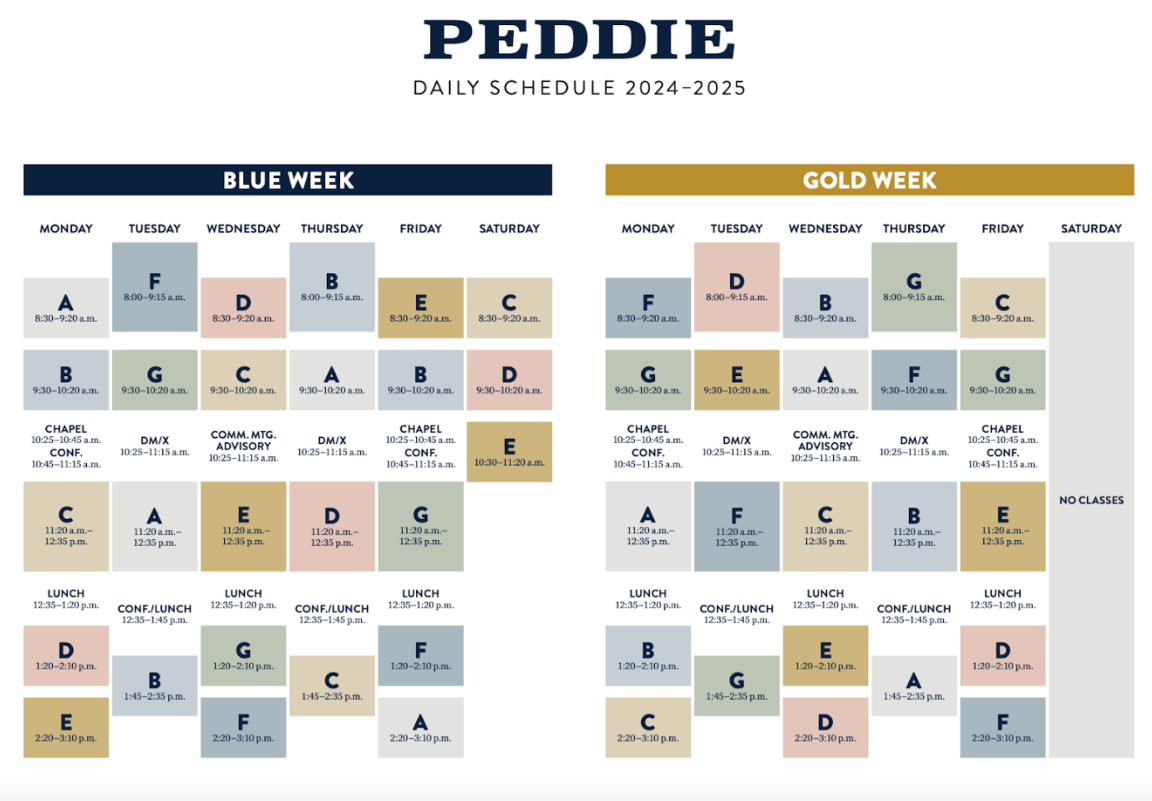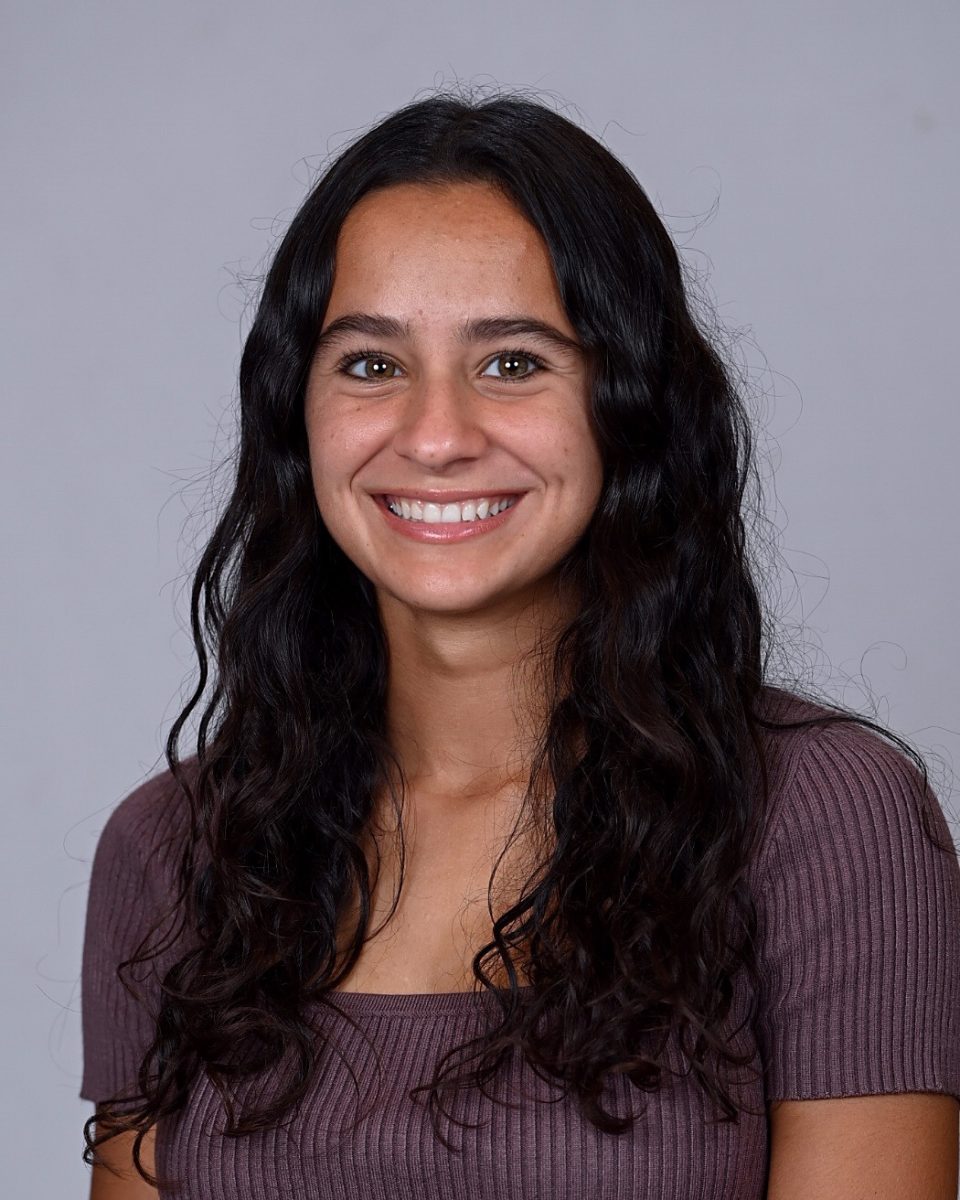As we begin a new year here at Peddie, one thing is guaranteed for our returning students: the PSAT. This test is similar to the SAT, as it allows its takers to become acclimated to the testing environment and qualify for scholarships.
But as we move towards the future, so do the tests we take. This year, the College Board has decided that from now on, the PSAT will be taken digitally as opposed to on paper. Along with the material changes, several aspects regarding the design of the test have been altered as well.
To start, the test has been temporarily shortened, with most students being given a total of two hours and fourteen minutes to complete the exam. This is a whole thirty minutes less than the paper exam’s two hours and forty-five minutes. In addition to this, the digital exam has significantly fewer questions, with a total of ninety-eight as opposed to the original’s one hundred and thirty-nine.
Perhaps the most notable change is the new, adaptive method of questioning, in which the English and math sections are split into two modules. For each section, the difficulty of the latter module is determined by the student’s performance on the former. The more questions they answer correctly in the first module, the greater the difficulty of the second module. The College Board notes this as a “more efficient” practice when it comes to gauging students’ skill sets.
As with any change to a well-established system, opinions from the Peddie community came flooding in, with a broad spectrum of stances ranging from adoration to disapproval.
Ashwin Narayan ’26 commented that he found the PSAT to be “good” and “easy.” He confirmed the presence of adaptive questioning, saying that he found the first sections for both English and Math to be much easier than the second sections.
However, some students reported flaws with the PSAT. Johannes Schneeweiss ’26, an international student hailing all the way from Austria, commented that while he found the test “more or less, easy,” he struggled a bit on the English section due to the fact that English is not his native language. This begs the question: Why is it that the SAT and PSAT are not offered in more languages?
It is true that some non-English speakers can take these tests in their native languages such as Chinese, French, Spanish or Arabic, but many more languages are not offered. It is a pretty simple conclusion to arrive at that if Johannes had been offered to participate in a German PSAT, he would have performed much better on the grammar and vocab half of the assessment.
Finally, Noah Park ’26 added that he enjoyed the Digital PSAT due to the fact that he had access to a calculator. The calculator he referenced is the Desmos Graphing Calculator. It enables students to graph a wide range of functions in order to aid them in visualizing the various equations they are tasked with solving. Some students who have previously taken the PSAT on paper may consider it unfair that the new test-takers get to use such a powerful tool.
Despite the possible complaints about this new form of testing, it is unlikely that a change will be made. As technology advances and new methods of intellectual assessment are devised each and every day, standardized testing will advance as well. This is apparent as the College Board opens a new chapter of the PSAT this year with their new Digital PSAT.
















































